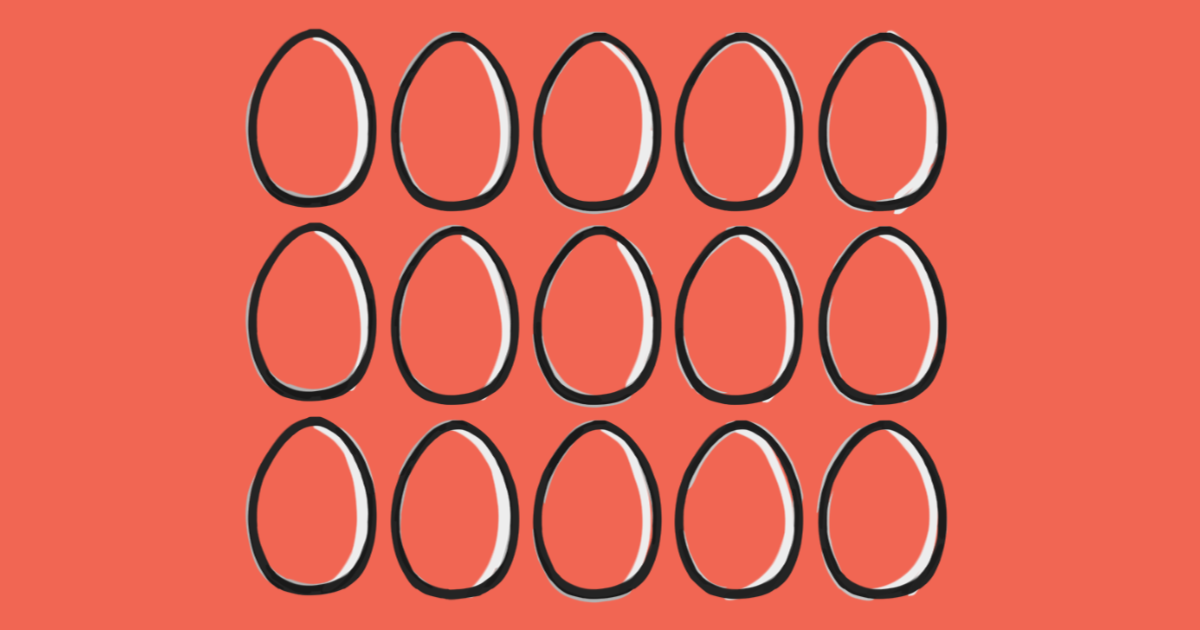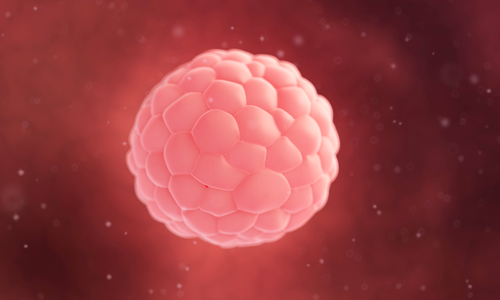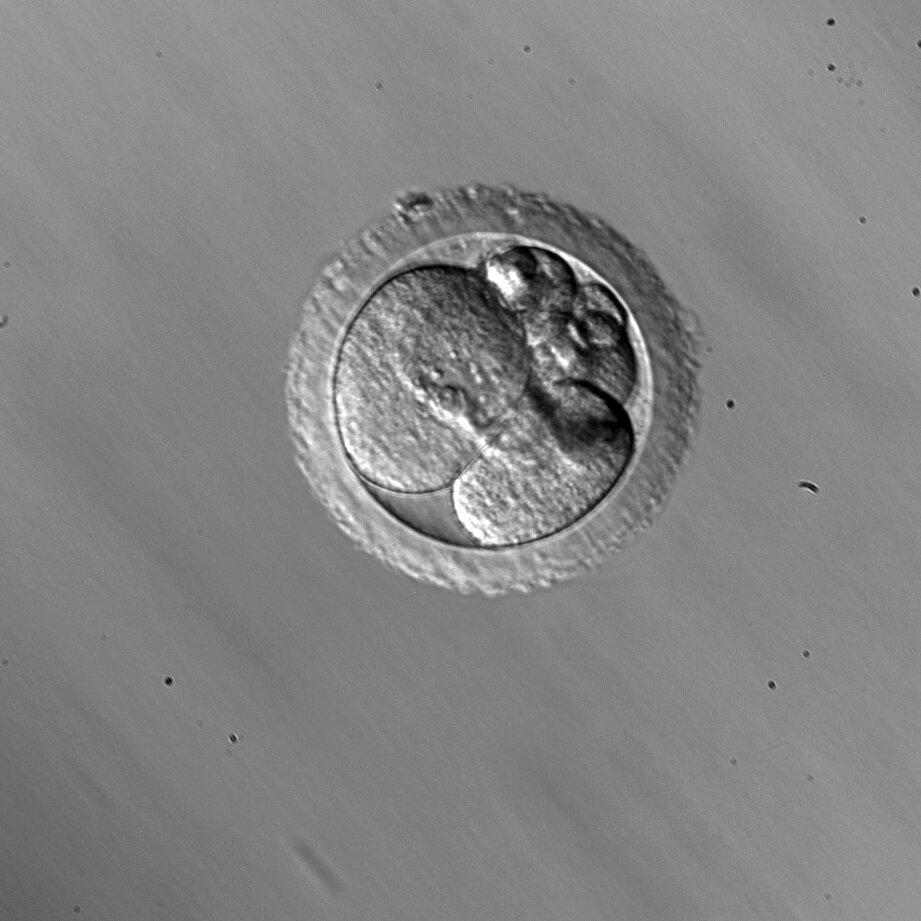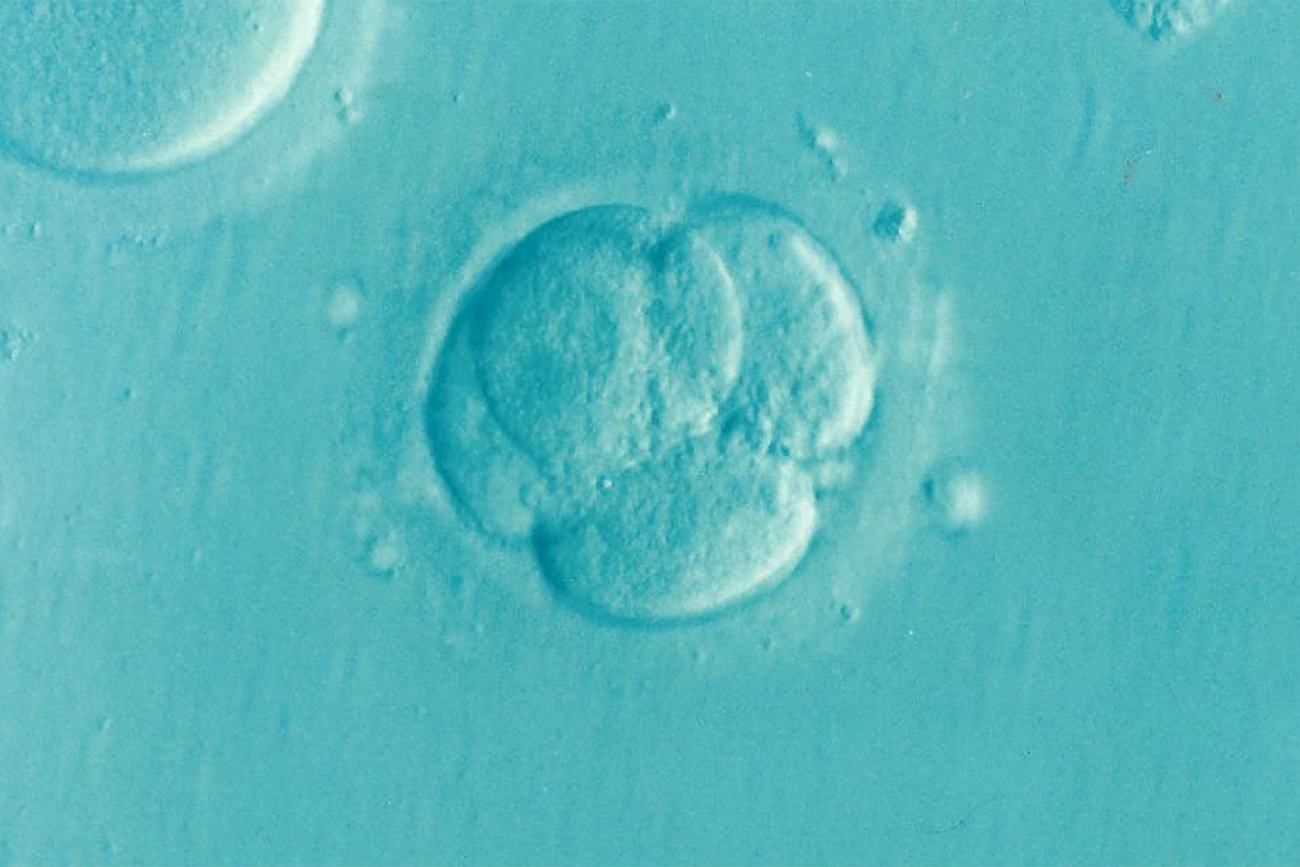Angelica Cheng
Active Member
There are plenty of arguments against doing preimplantation genetic screening - PGS / PGT-A, and it’s up to you to decide if they outweigh the pros…

 theduff.co.uk
theduff.co.uk
Argument 1 against PGS: it’s expensive
Paying an extra $5,000 (ish) per cycle – on top of the $10,000 or so you’re already paying for IVF– is a LOT. Plenty of couples decide it’s better to put the money towards future cycles instead.
Argument 2 against PGS: you’ll have to freeze all your embryos
You have no choice about this: you’ll have to freeze all your embryos because there’s a delay in getting the results through. While many/most clinics now report frozen success rates on par with fresh ones, there’s still a risk that you may have a delicate euploid embryo that can’t survive the freeze-thaw process but would cope with a fresh transfer. Plus it means more waiting around before you can do an embryo transfer.
Moreover, there is evidence that the IVF embryos of older women don't survive the freezing process as well as the embryos of younger women. For older women, fresh embryo transfer is recommended:
Argument 3 against PGS: it gives patients a false sense of hope
Many patients aren’t really told what PGS attempts to achieve, and as a result they see it as something that will improve their chances of success.
PGS testing can improve a woman’s chances of faster success per egg retrieval procedure. (FYI When we say “per egg retrieval procedure”, it means “per batch of embryos created from one IVF cycle”. It could therefore mean “one embryo transferred” for one couple and “four embryos transferred – one after the other” for another couple.)
Why can PGS improve a woman’s chances of faster success per egg retrieval procedure? Because a chromosomally normal embryo will be selected for transfer first, whereas without PGS, no one knows if the embryo about to be transferred is euploid or not.
But if someone has zero euploid embryos after a cycle of IVF, PGS can only remove the time-wasting – not the heartache (or costs associated with each transfer).
Not only that, but we need to remember that plenty of euploid embryo transfers don’t implant/lead to miscarriage too – either because of bad luck, or because something else was wrong with the embryo.
As the American Society for Reproductive Medicine (ASRM) says, “Genetic screening may help identify couples who have an increased risk of age-related or familial genetic disorders and birth defects. No single test, however, can accurately predict the risk of all defects in a child, and many birth defects, such as those related to environmental and toxic exposures and those that are random and unexplained, are not genetically based and may not be detected with genetic screening.”
Argument 4 against PGS: there’s a risk the embryo will be harmed during the biopsy
There’s currently no evidence (for blastocyst-stage embryos) that this is the case. But at least one expert has pointed out that studies claiming no ill effects to embryos are often based on biopsies of excellent-quality, robust embryos rather than more “delicate” embryos that might suffer more.
If you have just one or two embryos, you might decide it’s not worth the risk.
(Note: some believe that there’s a higher prevalence of aneuploidy in couples undergoing IVF or another assisted reproductive technology when compared to embryos conceived naturally. Rather than blaming PGS for causing the aneuploidy, they suggest that people undergoing IVF are more likely to have a higher chance of creating aneuploid embryos in the first place.)

PGS testing: is PGS worth it? (And how much does PGS cost?)
What is preimplantation genetic screening (PGS testing)? Who should use it? What are the pros and cons of PGS? Read this before going ahead with PGS testing
 theduff.co.uk
theduff.co.uk
Argument 1 against PGS: it’s expensive
Paying an extra $5,000 (ish) per cycle – on top of the $10,000 or so you’re already paying for IVF– is a LOT. Plenty of couples decide it’s better to put the money towards future cycles instead.
Argument 2 against PGS: you’ll have to freeze all your embryos
You have no choice about this: you’ll have to freeze all your embryos because there’s a delay in getting the results through. While many/most clinics now report frozen success rates on par with fresh ones, there’s still a risk that you may have a delicate euploid embryo that can’t survive the freeze-thaw process but would cope with a fresh transfer. Plus it means more waiting around before you can do an embryo transfer.
Moreover, there is evidence that the IVF embryos of older women don't survive the freezing process as well as the embryos of younger women. For older women, fresh embryo transfer is recommended:
Argument 3 against PGS: it gives patients a false sense of hope
Many patients aren’t really told what PGS attempts to achieve, and as a result they see it as something that will improve their chances of success.
PGS testing can improve a woman’s chances of faster success per egg retrieval procedure. (FYI When we say “per egg retrieval procedure”, it means “per batch of embryos created from one IVF cycle”. It could therefore mean “one embryo transferred” for one couple and “four embryos transferred – one after the other” for another couple.)
Why can PGS improve a woman’s chances of faster success per egg retrieval procedure? Because a chromosomally normal embryo will be selected for transfer first, whereas without PGS, no one knows if the embryo about to be transferred is euploid or not.
But if someone has zero euploid embryos after a cycle of IVF, PGS can only remove the time-wasting – not the heartache (or costs associated with each transfer).
Not only that, but we need to remember that plenty of euploid embryo transfers don’t implant/lead to miscarriage too – either because of bad luck, or because something else was wrong with the embryo.
As the American Society for Reproductive Medicine (ASRM) says, “Genetic screening may help identify couples who have an increased risk of age-related or familial genetic disorders and birth defects. No single test, however, can accurately predict the risk of all defects in a child, and many birth defects, such as those related to environmental and toxic exposures and those that are random and unexplained, are not genetically based and may not be detected with genetic screening.”
Argument 4 against PGS: there’s a risk the embryo will be harmed during the biopsy
There’s currently no evidence (for blastocyst-stage embryos) that this is the case. But at least one expert has pointed out that studies claiming no ill effects to embryos are often based on biopsies of excellent-quality, robust embryos rather than more “delicate” embryos that might suffer more.
If you have just one or two embryos, you might decide it’s not worth the risk.
(Note: some believe that there’s a higher prevalence of aneuploidy in couples undergoing IVF or another assisted reproductive technology when compared to embryos conceived naturally. Rather than blaming PGS for causing the aneuploidy, they suggest that people undergoing IVF are more likely to have a higher chance of creating aneuploid embryos in the first place.)
Last edited:






